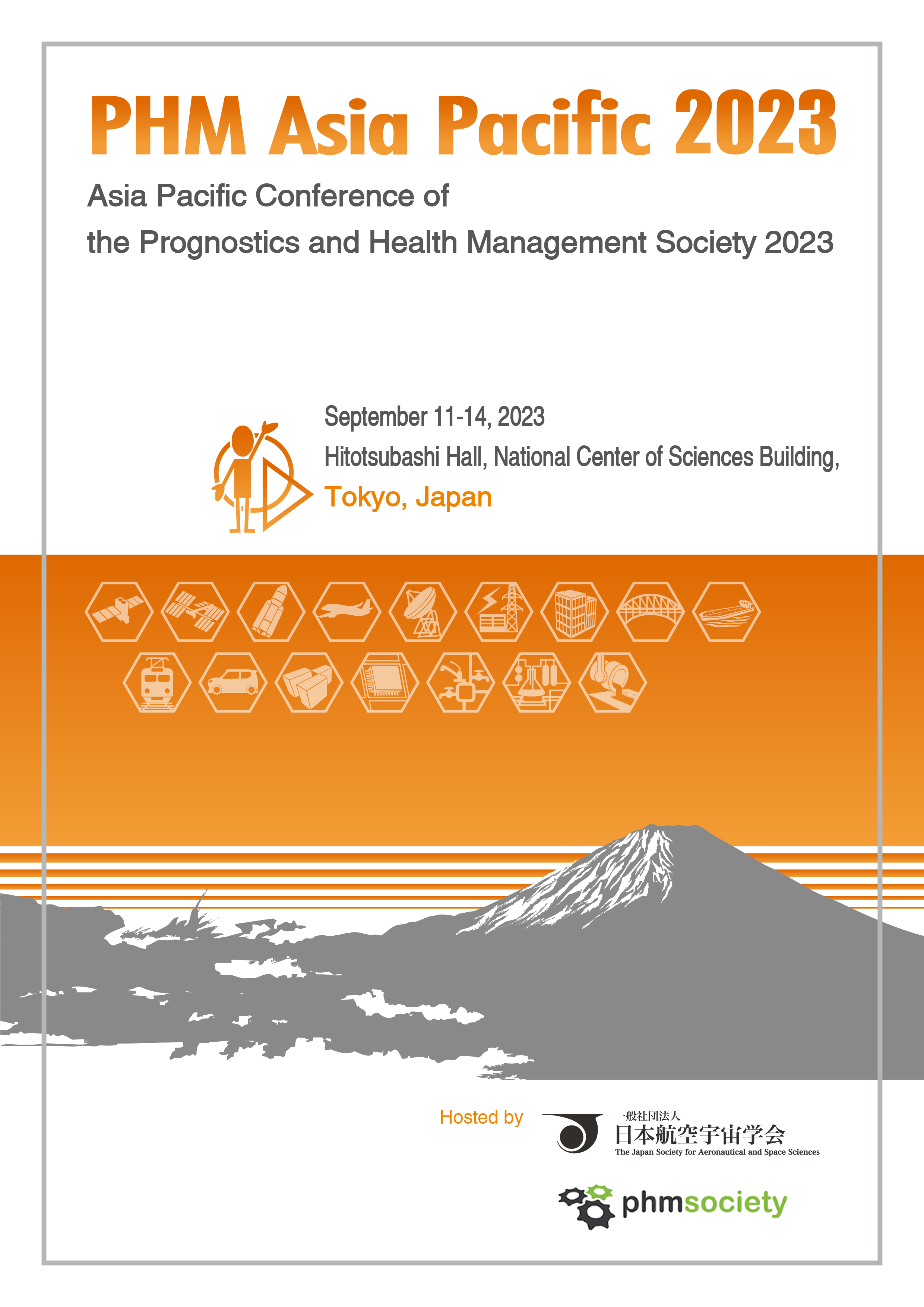Development of demonstration system for fault diagnosis of rotating equipments using RK4 test rig
##plugins.themes.bootstrap3.article.main##
##plugins.themes.bootstrap3.article.sidebar##
Published
Sep 4, 2023
Hyun Joon Lee
Jae Won Jang
Hyung Jun Park
Kyoung Rae Noh
Sangchul Lee
Joo-Ho Choi
Abstract
Rotating machinery is an essential equipment in the manufacturing industry, of which the failure can lead to the interruption of whole production line. To prevent such failure, there have been a large number of studies for Prognostics and Health Management (PHM) technology. However, most studies have been focused on a specific algorithm or component, making it difficult to apply them in the field. In this study, a demonstration system for integrated fault diagnosis is developed for critical failure modes in the rotating equipment such as the mass imbalance, shaft misalignment, and the bearing fault using the vibration signals. To this end, Bently Nevada's RK4 rotor kit is revised to impose the failure modes easily. The solution is developed to detect anomalies, identify failure modes, and diagnose them in real time. Coupling ISO-based anomaly detection, rotational failure diagnosis and bearing failure diagnosis, the system is configured to enable comprehensive condition monitoring. The results are demonstrated by real-time simulation of each fault on the test-rig.
##plugins.themes.bootstrap3.article.details##
Keywords
Fault diagnosis, Demonstration system, Rotating equipments, RK4 testbed
References
Bently, D. E., & Hatch' Charles, T. (2003). Fundamentals of rotating machinery diagnostics. Mechanical Engineering-CIME, 125(12), 53-54.
Damage, S. B. (2017). Failure Analysis. SKF: Gothenburg, Sweden.
Harker, R. G., & Sandy, J. L. (1989). Rolling element bearing monitoring and diagnostics techniques.
Hotelling, H. (1992). The generalization of Student’s ratio (pp. 54-65). Springer New York.
Kim, S., An, D., & Choi, J. H. (2020). Diagnostics 101: A tutorial for fault diagnostics of rolling element bearing using envelope analysis in matlab. Applied Sciences, 10(20), 7302.
Lim, C., Kim, S., Seo, Y. H., & Choi, J. H. (2020). Feature extraction for bearing prognostics using weighted correlation of fault frequencies over cycles. Structural Health Monitoring, 19(6), 1808-1820.
Mais, J. (2002). Spectrum analysis: the key features of analyzing spectra. SKF USA, Inc.
Mohanty, A. R. (2014). Machinery condition monitoring: Principles and practices. CRC Press.
Monitoring, S. C. (1994). Vibration diagnostic guide.
Randall, R. B. (2021). Vibration-based condition monitoring: industrial, automotive and aerospace applications. John Wiley & Sons.
Park, J., Kim, S., Choi, J. H., & Lee, S. H. (2021). Frequency energy shift method for bearing fault prognosis using microphone
The Standard ISO 10816-3. (1998). Mechanical Vibration. Evaluation of Mechanical Vibration by Measurements on Non-Rotating Parts – Part 3: Industrial machines with nominal power above 15kW and nominal speeds between 120r/min and 15000r/min when measured in situ.
Wiggins, R. A. (1978). Minimum entropy deconvolution. Geoexploration, 16(1-2), 21-35.
Damage, S. B. (2017). Failure Analysis. SKF: Gothenburg, Sweden.
Harker, R. G., & Sandy, J. L. (1989). Rolling element bearing monitoring and diagnostics techniques.
Hotelling, H. (1992). The generalization of Student’s ratio (pp. 54-65). Springer New York.
Kim, S., An, D., & Choi, J. H. (2020). Diagnostics 101: A tutorial for fault diagnostics of rolling element bearing using envelope analysis in matlab. Applied Sciences, 10(20), 7302.
Lim, C., Kim, S., Seo, Y. H., & Choi, J. H. (2020). Feature extraction for bearing prognostics using weighted correlation of fault frequencies over cycles. Structural Health Monitoring, 19(6), 1808-1820.
Mais, J. (2002). Spectrum analysis: the key features of analyzing spectra. SKF USA, Inc.
Mohanty, A. R. (2014). Machinery condition monitoring: Principles and practices. CRC Press.
Monitoring, S. C. (1994). Vibration diagnostic guide.
Randall, R. B. (2021). Vibration-based condition monitoring: industrial, automotive and aerospace applications. John Wiley & Sons.
Park, J., Kim, S., Choi, J. H., & Lee, S. H. (2021). Frequency energy shift method for bearing fault prognosis using microphone
The Standard ISO 10816-3. (1998). Mechanical Vibration. Evaluation of Mechanical Vibration by Measurements on Non-Rotating Parts – Part 3: Industrial machines with nominal power above 15kW and nominal speeds between 120r/min and 15000r/min when measured in situ.
Wiggins, R. A. (1978). Minimum entropy deconvolution. Geoexploration, 16(1-2), 21-35.
Section
Special Session Papers

This work is licensed under a Creative Commons Attribution 3.0 Unported License.
